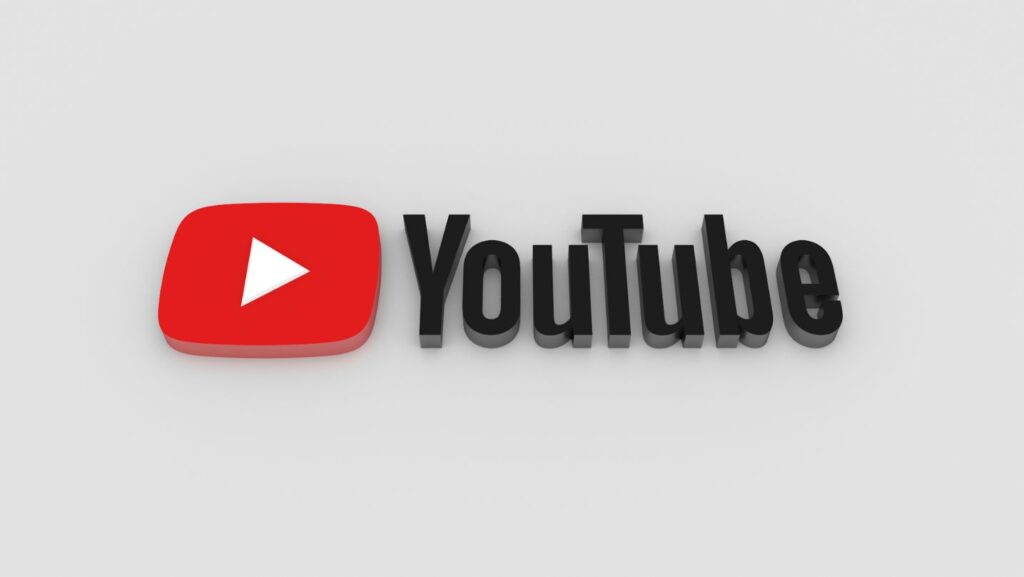
If you’ve ever wondered what happens when you dislike a video on YouTube, you’re not alone. Many users wonder if their actions are visible to the content creator or other viewers. Well, let me clear up the confusion for you. When you dislike a video on YouTube, the creator will indeed know about it. However, your specific identity won’t be revealed to them or anyone else.
YouTube keeps track of dislikes as part of its analytics data for creators. This information helps them understand audience feedback and preferences. So, while they won’t know exactly who disliked their video, they will still be aware that there are dislikes on it.
It’s important to remember that disliking a video is a way for viewers to express their opinions or dissatisfaction with the content. It’s not meant to harm or attack creators personally. Disliking should be used responsibly and constructively within the platform’s guidelines.
If I Dislike a Video on YouTube Will They Know
The Algorithm Behind YouTube’s Count Updates
YouTube’s count updates are determined by a complex algorithm that takes into account various factors to ensure accuracy and fairness. When it comes to dislikes on a video, the algorithm works behind the scenes to calculate and update the dislike count in real time.
The specific details of YouTube’s algorithm are closely guarded secrets, but we can make educated guesses about how it functions based on observations and statements from YouTube itself. It is likely that the algorithm considers factors such as engagement, user behavior, and authenticity when updating dislike counts.
Factors That Influence YouTube’s Dislike Count
Several factors can influence how YouTube updates the dislike count on a video. These factors play a crucial role in determining whether a dislike is considered valid or not:
- User Engagement: The number of dislikes relative to overall views and engagement with the video can impact how quickly the count updates. If a video receives an unusually high number of dislikes compared to its overall engagement metrics, it may trigger closer scrutiny from YouTube’s algorithms.
- Authenticity: YouTube strives to maintain an authentic platform where genuine opinions are reflected in like and dislike counts. To prevent abuse or manipulation, they employ measures to identify artificial activity or spam-like behavior that could artificially inflate dislikes.
- User Behavior: User feedback plays an essential role in shaping how content is perceived on YouTube. If multiple users report inappropriate or misleading content through flags or comments, it may prompt manual reviews by moderators who can adjust or remove dislikes if necessary.

The Impact of Disliking a Video on YouTube
The Effects of Disliking a Video on YouTube
When it comes to expressing our opinions on YouTube, the “dislike” button provides us with an avenue to voice our dissatisfaction or disagreement with a video. However, many users wonder about the impact of disliking a video and whether the content creator or other viewers will be aware of their dislike.
Firstly, it’s important to note that disliking a video has no direct effect on the visibility or availability of the content itself. Unlike likes and comments, dislikes do not affect whether a video appears in search results or recommendations. They are primarily used as feedback for both creators and YouTube’s algorithm.
How Dislikes Impact Video Rankings
While dislikes themselves don’t directly influence rankings within YouTube’s algorithm, they are still taken into consideration alongside other engagement metrics such as likes, comments, shares, and watch time. This means that while dislikes alone won’t cause a video to rank lower in search results or recommendations, they can contribute to an overall decrease in engagement signals.
The algorithm aims to surface videos that have high levels of viewer satisfaction and engagement. If a video receives an overwhelming number of dislikes compared to likes or has consistently negative feedback from viewers, it may indirectly impact its performance by affecting these engagement metrics. However, it’s worth noting that this is just one factor among many considered by the algorithm.
In conclusion, YouTube’s count updates for dislikes rely on a sophisticated algorithm that considers various factors such as engagement, authenticity, and user behavior. Dislikes serve as feedback rather than punitive measures, helping creators refine their content and maintain an authentic platform where genuine opinions are valued.










